“And say, Truth has come, and falsehood has perished. Indeed falsehood, by its nature, is ever bound to perish.” (Quran 17:81)
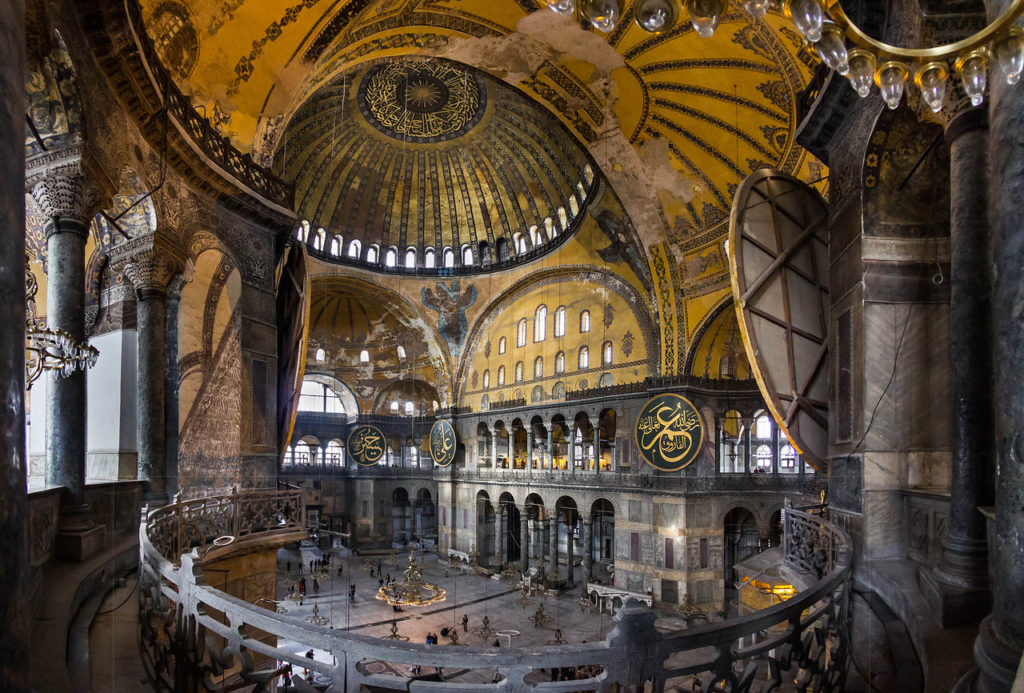
Hagia Sophia, which literally means the Church of the Holy Wisdom, is a magnificent church built at Constantinople (now Istanbul, Turkey) some 1500 years ago by Roman Emperor Justinian I. This epitome of Byzantine architecture has been grabbing media attention after Turkey’s highest court issued an order on 10.07.2020 enabling the conversion of this 65,000 square feet architectural marvel into an Islamic place of worship (mosque). And on July 24, 2020, muezzins summoned Muslims for Friday prayers, from the minarets of the Hagia Sophia (Turkish Ayasofya).
How did this great Byzantine structure become a mosque? This is the brief history of Hagia Sophia – the cathedral converted into a mosque.
Christianity had emerged as a new religious faith in the first century Roman Empire. Early Christians were persecuted in the Roman Empire since the rulers were suspicious of this new sect. But the situation changed after the ‘Edict of Milan’, a proclamation issued in February 313 CE by Roman Emperors Constantine I, who ruled the western parts of the Empire, and Licinius, who ruled the East. This edict elevated Christianity from an illicit, persecuted religious cult to a welcome religion of the Roman Empire. A later proclamation known as the ‘Edict of Thessalonica’, issued on 27 February 380 CE made Christianity the state religion of the Roman Empire.
After Constantine I (r. 306 to 337 CE) defeated Licinius in the Battle of Chrysopolis (324 CE) and became the sole ruler of the empire, he sought to move his capital from Rome to a place closer to the geographic centre of his domain. So, he built a new capital city at the site of Byzantium – the ancient city founded by the Greeks. The city was easier to defend being surrounded almost entirely by water and provided an excellent harbour. This ‘New Rome’ (Nova Roma) came to be named Constantinople (now Istanbul) after the Emperor’s name.
Constantine died in 337 CE and his son Constantius II defeated his challengers to become the empire’s sole ruler. Constantius II is credited with building the first Hagia Sophia and its dedication in 360 CE. (Some historians claim that Constantine I had laid its foundation in 325 CE on the site of a pagan temple.) The church, destroyed by fire in 404 CE, was rebuilt by Emperor Theodosius II (r. 408 – 450 CE) and rededicated in 415 CE. This too was burned down in the Nika Revolt (532 CE) that broke out during the reign of Emperor Justinian I (r. 527 – 565 CE). The riots killed some 30,000 people and caused severe damages to the city. When the dust and smoke settled down Justinian I decided to rebuild the city and erect a new (third) Hagia Sophia.
Emperor Justinian I commissioned Greek architects Isidore of Miletus and Anthemius of Tralles to build Hagia Sophia on a grand scale — a cathedral no one would dare destroy. He brought in gold from Egypt, porphyry from Ephesus, white marble from Greece and precious stones from Syria and North Africa. Over ten thousand workers would take almost six years to build this great church (Magna Ecclesia). Justinian I inaugurated the Hagia Sophia on December 27, 537 CE. This cathedral of the Patriarch of the Eastern Orthodox Church was so richly and artistically decorated that Justinian reportedly proclaimed, “Solomon, I have outdone thee!” (King Solomon had built the Jewish temple at Jerusalem).
Near the height of the reign of Justinian I, Constantinople was hit by an epidemic in 542 CE (Justinian’s Plague). The plague was so widespread that dead bodies littered the streets of the capital. Modern historians estimate 5,000 deaths per day in the capital city. 20-40% of the inhabitants of Constantinople would eventually perish in the pandemic. Throughout the rest of the empire, nearly 25% of the population died with estimates ranging from 25-50 million people in total.
The plague contributed to a weakening of the Byzantine Empire both politically and economically. Trade was disrupted throughout the empire. The agricultural sector was devastated. The decrease in the population impacted the military and the empire’s capacity to defend the borders of his empire. The economic and administrative structures of the empire began to crumble and would never completely recover.
By the end of the 11th century, Western Europe had emerged as a significant power in its own right. Islamic empires were fast gathering strength. Byzantium (Eastern Roman Empire) had lost considerable territory to the invading Islamic Seljuk Turks. After years of chaos and civil war, the general Alexius Comnenus seized the Byzantine throne in 1081. He consolidated control over what was left of the empire as Emperor Alexius I.
In 1095, Emperor Alexius sent envoys to Pope Urban II, the supreme head of the Roman Catholic Church, asking for mercenary troops from the West to help confront the Turkish threat. In November 1095 the Pope called on Western Christians to take up arms to aid the Byzantines and recapture the Holy Land from Islamic control. This marked the beginning of the Crusades – a series of bloody, violent and often ruthless religious wars between Christians and Muslims. Those who joined the armed pilgrimage to oust the Islamic invaders from Christian holy lands wore a cross as a symbol of the Church, giving the expeditions the name Crusades. But the Fourth Crusade in 1202 CE turned out to be a disaster for Constantinople.
The Fourth Crusade was launched by Pope Innocent III (r. 1198-1216 CE) with the principal objective of reclaiming Jerusalem for Christendom after its fall in 1187 CE to Saladin, Sultan of Egypt (r. 1169-1193 CE). But the power struggles within and between Europe and Byzantium drove the Crusaders to divert their mission to topple Alexius III, the reigning Byzantine emperor, in favour of his nephew, who became Emperor Alexius IV in mid-1203.
The new emperor’s attempts to submit the Byzantine church (Orthodox faction led by the Patriarch of Constantinople) to Rome (Roman Catholic faction headed by the Pope), was met with stiff resistance. Alexius IV was strangled after a palace coup in early 1204. In response, the Crusaders declared war on Constantinople. The Fourth Crusade ended with the devastating fall of Constantinople and the near-destruction of the magnificent Byzantine capital later that year.
The Crusaders entering Constantinople were amazed by the size of the city. The western visitors were awestruck by the city’s buildings, churches and palaces, the huge forums and gardens, and, above all, its riches. This amazement was swiftly replaced by greed. Monumental sculptures, countless artworks, books, manuscripts, and jewels which had been steadily accumulated by Byzantine emperors and nobles over a millennium were all stripped away. Furniture, doors, and marble architectural elements were taken away for reuse elsewhere. Even the tombs of emperors, including that of the great Justinian I, were opened up and their precious contents removed.
Byzantine emperor Alexios V Doukas fled the city, but he was later captured, blinded, and then tossed to his death from the top of a column a few months later. After the dust settled and everyone had their fill of pillaging and looting, the Partitio Romaniae treaty, already decided on beforehand, carved up the Byzantine Empire amongst Venice and its allies. Baldwin of Flanders was then made the Latin emperor (r. 1204-1205 CE) and crowned in the Hagia Sophia. Hagia Sophia, the Eastern Orthodox cathedral, was converted into a Roman Catholic Church.
Constantinople was recaptured and the Byzantine Empire was re-established in 1261 CE under Emperor Michael VIII (r. 1259-1282 CE). However, the city and the empire never recovered from the devastation caused by the Crusaders. And the Ottoman Turks were delighted to see the steady decline of the Byzantine Empire.
Constantinople had withstood many sieges and attacks over the centuries, thanks to the city’s location by the sea, its naval fleet and the protection of the massive Theodosian Walls – a triple row of fortifications built during the reign of Theodosius II (408-450 CE). After 800 years of resisting all attackers, the city’s defences were finally breached by the knights of the Fourth Crusade in 1204 CE. But the fortifications had stayed intact and the Crusaders had got in through a door that was carelessly left open. Repaired and rebuilt by Michael VIII (r. 1261-1282 CE) in 1260 CE, the city remained the most difficult military nut to crack in the medieval world. But Ottoman Turks were determined.
The Ottoman Empire had begun as a small Turkish emirate founded by Osman in the late 13th century CE. But by the early 14th century CE, it had already been growing fast. In 1396 CE, at Nikopolis on the Danube, an Ottoman army defeated a Crusader army. Constantinople was their next target although their attempts to capture the city earlier in 1394 CE and 1422 CE were thwarted.
In 1452 CE, Ottoman Sultan Mehmed II (r. 1451-1481 CE) came with adequate preparations for a final assault. The Byzantines could not expect any help from the Catholics in the West since the Popes were not quite happy about Byzantine’s disinclination to form a union of the Church and accept the supremacy of the Pope. The people of Constantinople could only stock up on food and arms and hope their defences would save them yet again. But the Byzantines were hopelessly outnumbered in men, ships, and weapons.
The Byzantine emperor Constantine XI (r. 1449-1453 CE) took personal charge of the defence along with some notable military figures. Mehmed II had one thing that previous besiegers of Constantinople had lacked. He had cannons. And they were big ones. The largest was 9 metres long with a gaping mouth one metre across. It could fire a ball weighing 500 kilos over 1.5 km.
The attack began on April 6, 1453 CE. The Theodosian Walls were relentlessly blasted, chunk by chunk, into rubble. Mehmed launched a massive assault at dawn on May 29, 1453 CE. Some fool had left the small Kerkoporta gate in the Land Walls open. The Ottoman soldiers climbed to the top of the wall and raised the Ottoman flag. Then they worked their way around to the main gate and allowed their comrades to flood into the city. Emperor Constantine XI was apparently killed in the action. He was the last Roman Emperor.
Many of the city’s inhabitants committed suicide rather than suffer the horrors of capture and slavery. Perhaps 4,000 people were killed outright, and over 50,000 were shipped off as slaves. Many sought refuge in churches, including inside the Hagia Sophia. But the churches were obvious targets of the Ottomans for their treasures. They were looted for their gems and precious metals. The buildings and their priceless icons were then smashed and the cowering captives butchered. Uncountable art treasures were lost, books were burned, and anything with a Christian message was hacked to pieces, including frescoes and mosaics.
Sultan Mehmed II ordered that the Hagia Sophia cathedral be immediately converted into a mosque. The city’s role as a bastion of Christianity for twelve centuries was now over. Mehmed then rounded up and executed the most important survivors from the city’s nobility. Constantinople was made the new Ottoman capital. The Christian community that did not perish in the invasion was permitted to survive, guided by bishop Gennadeios II. Mehmed II, then aged only 21, came to be called “Sultan Mehmed the Conqueror”. He remained the ruler of Ottoman empire for the next 28 years.
The fall of Constantinople was a momentous event. It marked the end of the old Roman Empire and the last surviving link between the medieval and ancient worlds. As the historian J. J. Norwich notes, “That is why five and a half centuries later, throughout the Greek world, Tuesday is still believed to be the unluckiest day of the week; why the Turkish flag still depicts not a crescent but a waning moon, reminding us that the moon was in its last quarter when Constantinople finally fell.”
Typical Islamic minarets were erected around Hagia Sofia. Also, a great chandelier, a mihrab (niche indicating the direction of Mecca), and a minbar (pulpit) were added. Needless to say, a mosque could not have the Christian motifs and beautiful mosaics added over the centuries that had covered the walls and niches of Hagia Sophia (Ayasofya). The Ottomans covered many of the Byzantine mosaics with Islamic calligraphy. Christian images were either destroyed or plastered over. For nearly five centuries, Hagia Sofia remained a jewel in the Ottoman Sultan’s crown.
After 600 years of rule, the Ottoman Empire started to decline. In World War I (1914 – 1918), Turkey had allied with Germany. After its defeat in the hands of the Allies, various parts of the Ottoman Empire broke away and became independent nations. But complete disintegration was prevented by one of the most remarkable men of the 20th century, Mustafa Kemal, a military genius with a progressive outlook, who was later given the honorific name “Ataturk” (father of the Turks).
Mustafa Kemal rallied the demoralised Turkish troops and made them a proud force to reckon with, once again. He realised that Turkey had to modernise. He started westernising his nation and getting rid of religious obscurantism. Turks abandoned their traditional attire and took to wearing western-style clothes. He closed down the Ayasofya mosque in 1930 as part of his secularisation drive. It was repurposed and reopened as a museum in 1934/1935. The plaster covering the mosaics and other Christian motifs was painstakingly removed to bring the original church back to life. Hagia Sophia became a UNESCO World Heritage site and Turkey’s most famous tourist spot. As a museum, it remained a symbol of Christian-Muslim co-existence.
However, for Turkish Islamists, Hagia Sophia has always been associated with the “glory” of the Ottoman imperial era. So, the demand for turning the monument back into a mosque has been growing. Turkish President Erdogan, whose Justice and Development Party has been in power now for 18 years, has supported the demand. On Friday, July 10, 2020, when a Turkish administrative court cancelled the museum status of the monument, President Erdogan moved fast, issuing a decree, transferring the management of Hagia Sophia from the Ministry of Culture to the Directorate of Religious Affairs.
The massive monument was opened for Islamic prayers on Friday, July 24, 2020. Mosaics and frescoes of Jesus and Mary were draped with curtains. About 1,000 people were allowed in through security checkpoints, while others laid out prayer mats outside. Clerics in white robes recited from the Koran. President Erdogan was seen joining worshippers at around midday (09:00 GMT). During a sermon, Turkey’s religious affairs agency president, Ali Erbas, held up a sword in an apparent reference to Ottoman traditions. “Sultan Mehmet the Conqueror dedicated this magnificent construction to believers to remain a mosque until the Day of Resurrection,” he said.
——————————————
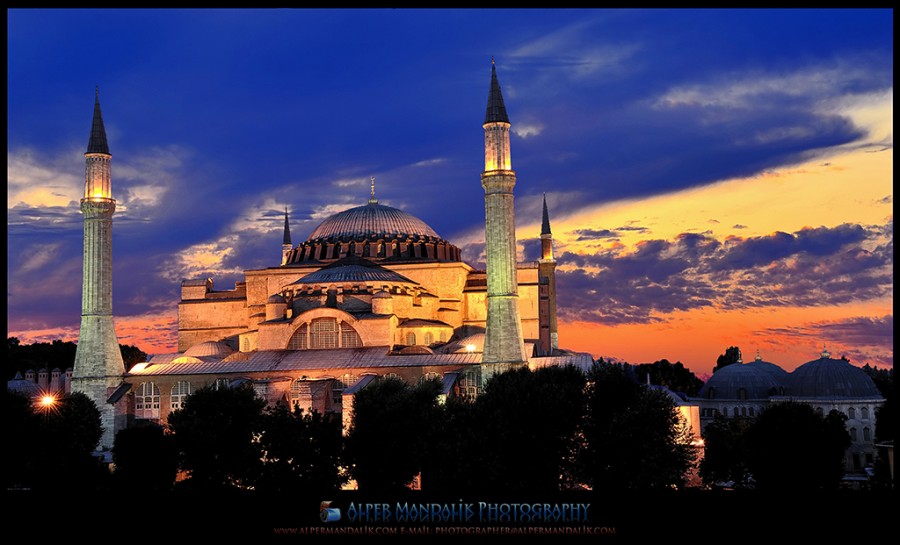
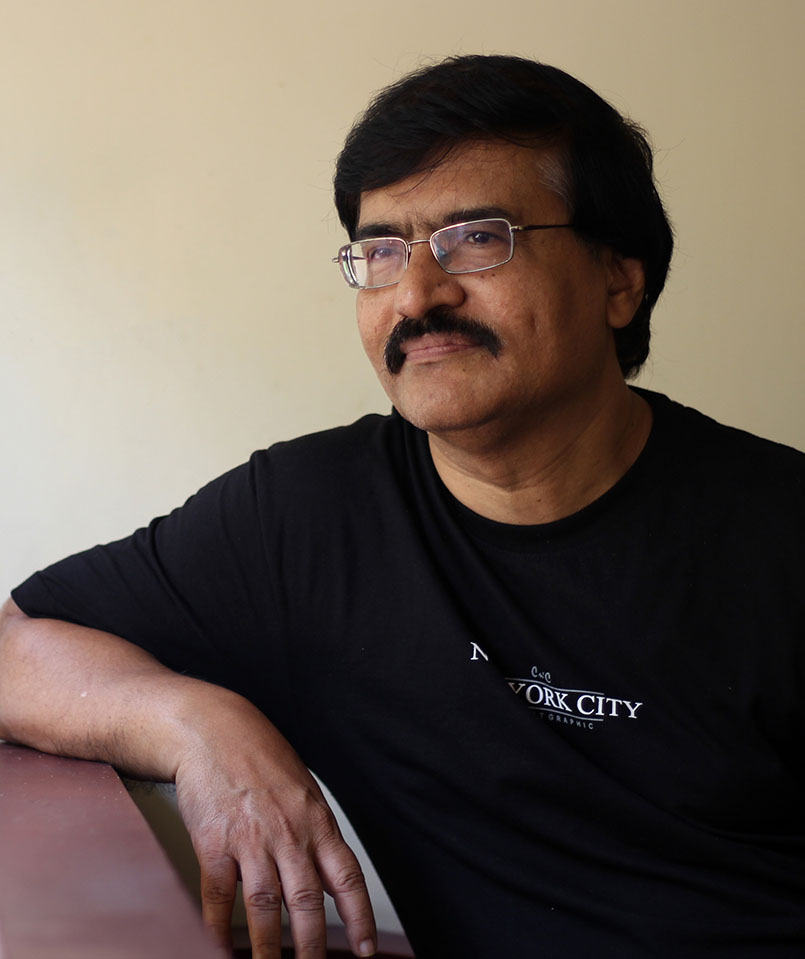
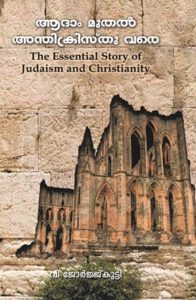
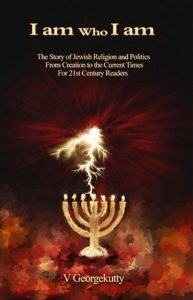
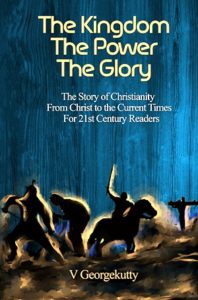



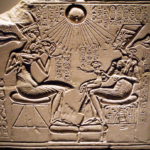
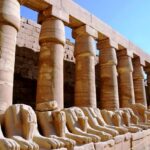
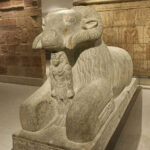
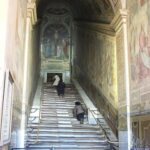
Informative and well written history!
Thanks Swaroop.
Regret the delays in reply.
Regards,
gk